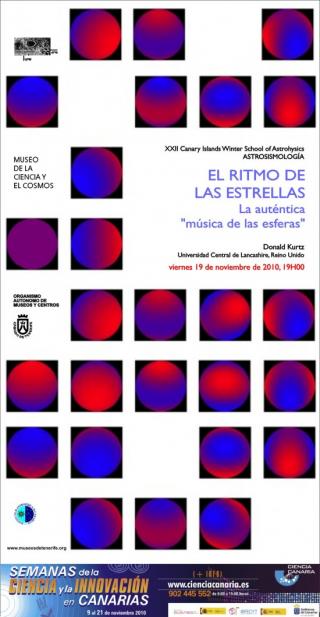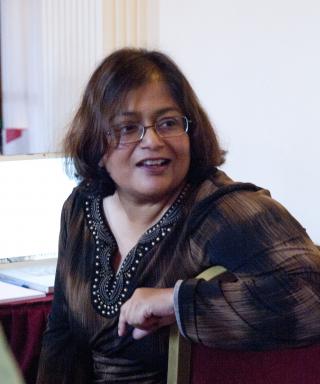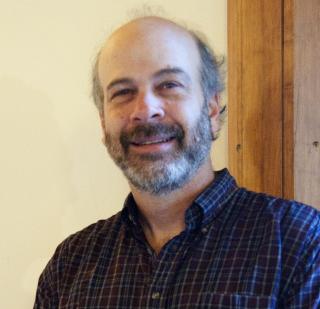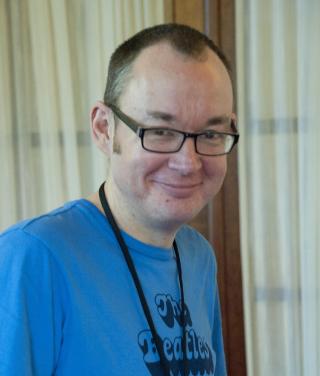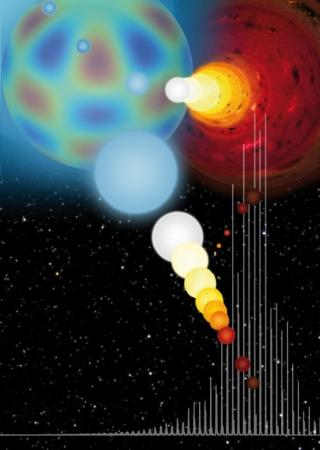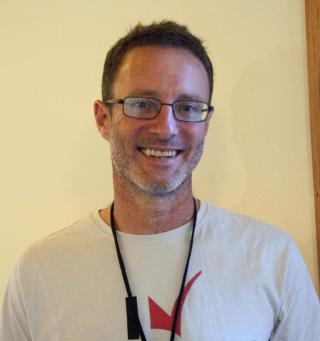
Tim Bedding is an excellent observer of oscillations in solar-type stars and red giants. Among his achievements may be counted certain very interesting and widely applied empirical relationships now being used in the CoRoT (COnvection ROtation and planetary Transits) and Kepler missions in order to obtain rapidly global parameters of stars using seismology. Currently, one of his new "work-horses" is studying the“mixed modes”: how they can help to extract information on the evolutionary state of a star. He has also worked on optical interferometry (measuring angular sizes of stars). He is at
Advertised on
